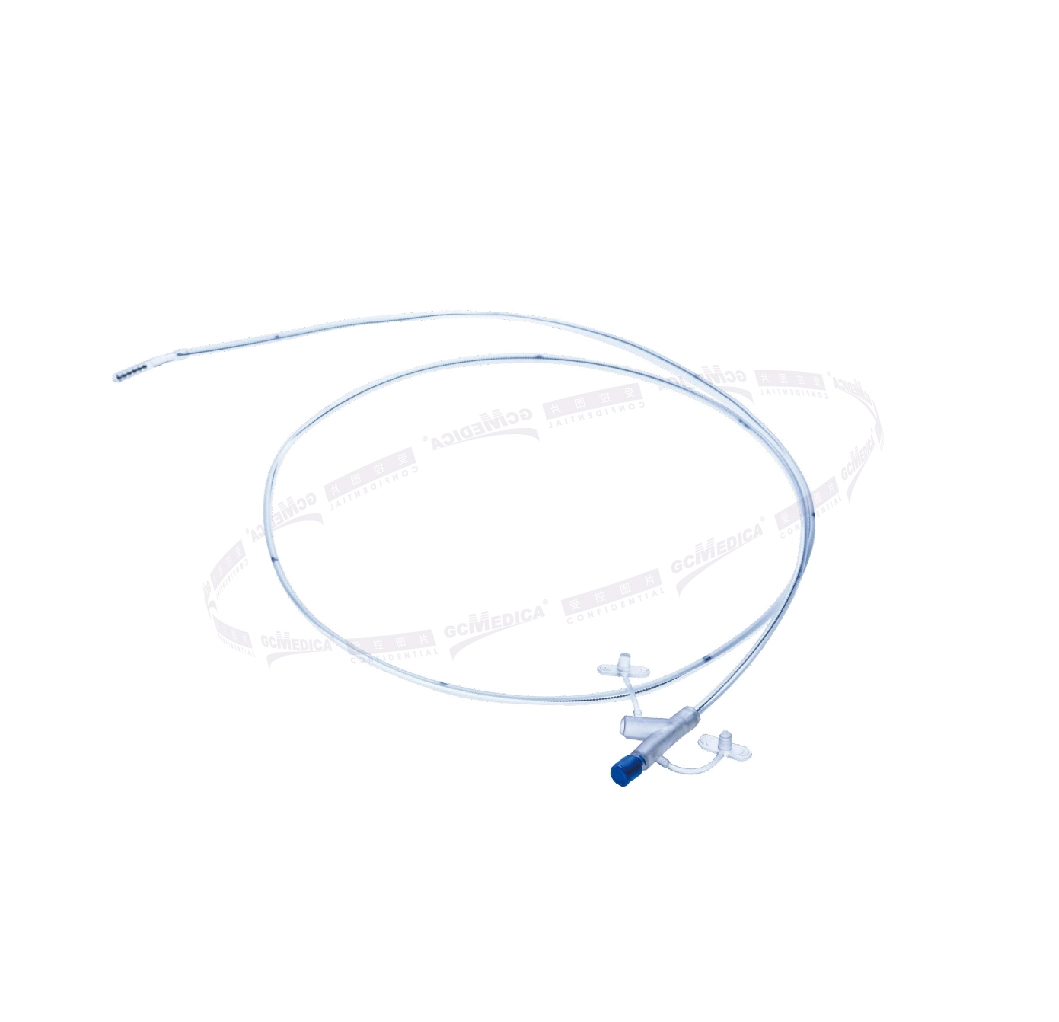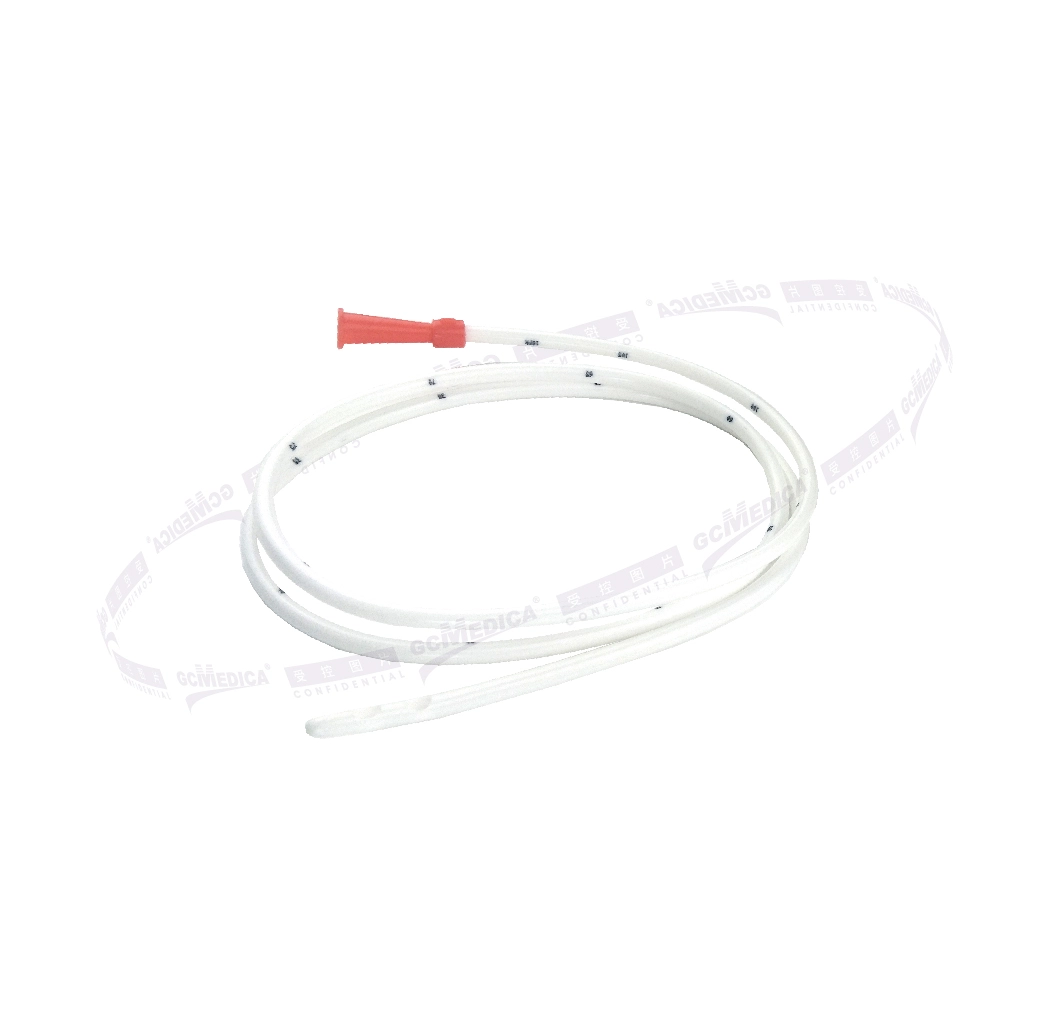- Endoscopic Products and Accessories
-
Respiratory
- Nasal Oxygen Cannula
- Capnography Mask
- Oxygen Mask
- Non-rebreathing Mask
- Venturi Mask
- Multi-vent Mask
- Nebulizer Mask
- Nebulizer with Mouth Piece
- Tracheostomy Mask
- Disposable Ezscope™ Pro Broncho
- One-way Valve Mouthpiece
- Nose Clip
- ABC Mouthpiece and Filter Kit
- Breathing Exerciser
- Closed Suction Catheter
- Suction Catheter
- Mucus Control Vacuum Valve
- Mucus Specimen Trap
- Mucus Extractor
- Mucus Extractor with Protective Sheath
- Anesthesia
- Airway Management
-
Suction Surgery
- Connector
- Flexi-clear Yankauer Handle
-
Yankauer Handle
- Plain Tip Yankauer
- Flange Tip Yankauer
- Tapered Tip Yankauer
- On/Off Yankauer with Plain Tip
- On/Off Yankauer with Tapered Tip
- Bulb Tip Yankauer
- Crown Tip Yankauer
- Flexible Poole Suction Handle
- CH30 Yankauer Handle & CH35 Suction Connecting Tube
- Two-piece Plain Tip Yankauer
- Duck-bill Tip Yankauer
- Poole Suction Handle
- ENT Suction Tube
- Suction Probe
- Orthopedic / Orthopaedic Yankauer
- Aspirator Surgical Tip
- Suction Connecting Tube
- Suction Canister Soft Liner
- Rigid Suction Canister
- Suction Canister with Filter Kit
- Reusable Outer Canister
- Vacuum Wound Drainage System
- Hemorrhoid Banding Ligator
- Vacuum Control Adaptor
- Cardiothoracic Surgery
- Laparascopic products and accessories
- Gynaecology
-
Urology
- CathVantage™ Portable Hydrophilic Intermittent Catheter
-
Cysto/Bladder Irrigation Set
- M-easy Bladder Irrigation Set
- B-cylind Bladder Irrigation Set
- S-tur Bladder Irrigation Set
- S-uni Bladder Irrigation Set
- B-uro Bladder Irrigation Set
- Premi Bladder Irrigation Set
- J-pump Bladder Irrigation Set
- J-tur Bladder Irrigation Set
- H-pump Bladder Irrigation Set
- Sup-flow Bladder Irrigation Set
- Maple Irrigation Set
- Peony Irrigation Set
- Nelaton Catheter
- Urinary Drainage Bag
- Urinary Drainage Leg Bag
- Enema Kits
- Sitz Bath Kits
- Click Seal Specimen Container
- Silicone Male Catheter
- Spigot Catheter and Adaptor
- Three-way Stop Cock
- Suction Specimen Drain Bag/ Urology Drain Bag
- Sandalwood Irrigation Set
- Freesia Irrigation Set
- Daffodil Irrigation Set
-
General Surgery
- Gastric Sump Tube
- Hemostatic Powder Applicator
- Magnetic Drape
- Surgical Hand Immobilizer
- Administration Set for Blood
- Dental Irrigation Set
- Ear/Ulcer Syringe
- Bulb Irrigation Syringe
- Toomey Irrigation Syringe
- Dental Irrigation Syringe
- Decanting Device
- Mixing Cannula
- Mucosal Atomization Device
- Basin Liner/Basin Drape
- Camera Handle Cover
- Light Handle Cover
- Medical Brush
- Sponge Stick
- Suture Retriever
- Needle Counter
- Disposable Calibration Tube
- Pressure Infuser
- Heparin Cap
- Protection Cap
- 100ML Bulb Irrigation Syringe
- Scleral Marker
- Surgical light Handle
- Enteral Nutrition
- Durable Medical Equipment
- Personal Protective Equipment
- COVID-19 Products
- PVC-FREE Medical Device
- E.N.T Department
- Temperature Management Solutions
- Operation
- Patient Handling System

Nasointestinal Feeding Tubes
GCmedica's Nasointestinal Feeding Tubes, crafted from biocompatible PU material, offer a safe and effective solution for enteral nutrition delivery to the small intestine. Featuring radiopaque lines and weighted tips for precise placement, they ensure patient safety and accuracy. The design includes a large bolus tip for easy insertion and a Y-Port connector for seamless medication administration. Available in various sizes, they are ideal for diverse clinical needs, enhancing patient care in enteral feeding.
Features of Nasointestinal Feeding Tubes
Feeding tube designed with large, bolus tip, facilitating passage and helping to place.
Feeding ports are incompatible with Luer-lock or I.V. connectors, reducing the risk of accidental connection or infusion.
Available with stylets offering easy insertion.
The Y-Port connector provides the ability to manage tubes and deliver medication with no need to disconnect the feeding adapter.
Specification of Nasointestinal Feeding Tubes
| No. | Product code | Description |
| 01 | GC1909C06 | Fr6, PU material, with X-Ray line, weighted tip |
| 02 | GC1909C08 | Fr8, PU material, with X-Ray line, weighted tip |
| 03 | GC1909C10 | Fr10, PU material, with X-Ray line, weighted tip |
| 04 | GC1909C12 | Fr12, PU material, with X-Ray line, weighted tip |
Frequently Asked Questions (FAQ)
Q1:What is the purpose of a nasointestinal tube?
A1:A nasointestinal tube is primarily used for enteral feeding, delivering nutrition directly into the small intestine. This is particularly beneficial for patients who cannot ingest food orally or have certain conditions affecting the stomach, like gastric reflux or delayed gastric emptying. The tube bypasses the stomach, ensuring that nutrition is delivered where it can be best absorbed.
Q2:What is the difference between a nasoenteric tube and a nasogastric tube?
A2:The key difference lies in their placement. A nasogastric tube is inserted through the nose into the stomach, while a nasoenteric tube goes further into the small intestine, typically the duodenum or jejunum. This distinction is important as it affects the method and type of nutrition delivered, depending on the patient's medical condition and digestive capabilities.
Q3:What are the key features of GCmedica's Nasointestinal Feeding Tubes?
A3:GCmedica's Nasointestinal Feeding Tubes are designed for safe and efficient enteral feeding. Key features include a large bolus tip for ease of passage, unique feeding ports that prevent accidental connection with IV systems, availability with stylets for easy insertion, and a Y-Port connector that allows for uninterrupted medication delivery. These tubes are made of PU material, are X-Ray visible, and have a weighted tip for accurate placement.
Q4:What are the different types of nasointestinal tubes?
A4:Nasointestinal tubes vary in size, material, and specific design features. Common types include nasojejunal and nasoduodenal tubes, which are named based on their placement in the jejunum or duodenum of the small intestine. They may also vary in terms of diameter (French gauge), length, and whether they are weighted or unweighted, which influences their placement and stability.
Q5:Are these feeding tubes suitable for all patient sizes?
A5:Yes, GCmedica's Nasointestinal Feeding Tubes are available in various sizes (Fr6 to Fr12), catering to a wide range of patient sizes and needs. The variety in sizes allows healthcare providers to select the most appropriate tube based on the patient's anatomy and medical requirements.
Customer Reviews for Enteral Feeding Bag
1.Sarah
★ ★ ★ ★ ★"I've been using GCmedica's Nasointestinal Feeding Tubes in our clinic, and they've significantly improved patient safety and comfort. The easy insertion and secure connections are standout features."
2.Anna
★ ★ ★ ★ ★"These tubes have made enteral feeding much easier in our hospital. The different sizes available and the Y-Port connector are very practical for our diverse patient population."




